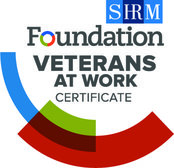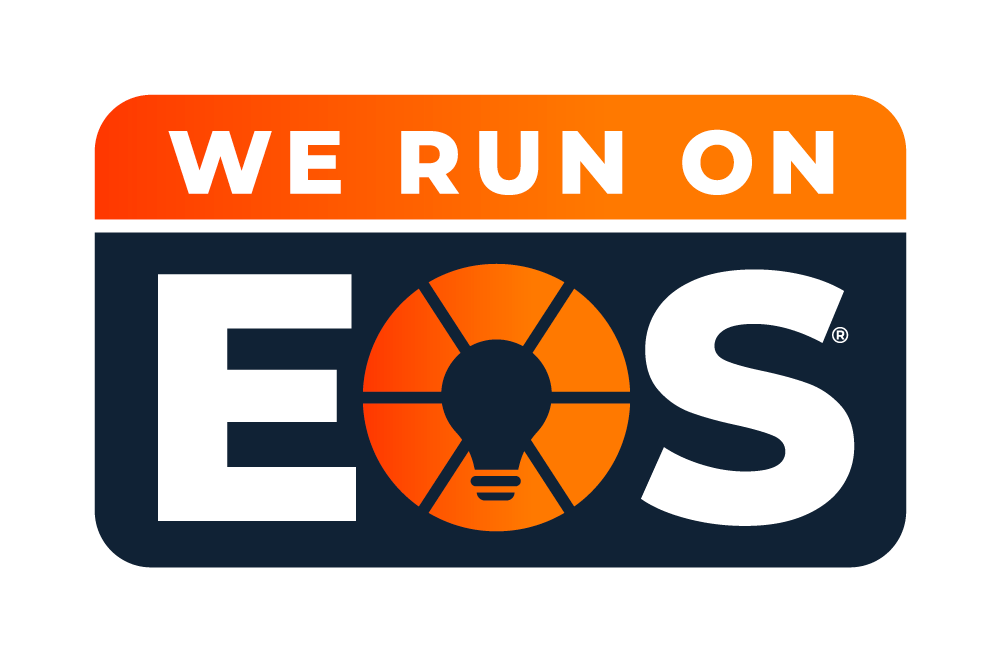Puzzle Me This – Are Your Business Puzzle Pieces in Order?
Updated 03/03/2023
As puzzles are back in vogue these days, I thought this might be of interest. Unfortunately, I’ve only had the opportunity to complete one over the past few weeks, but several themes rang true as I worked on it. Puzzling (is that what we call it?) makes you go through several stages, much like the business circle of life. What are the business puzzle pieces? Read on to learn more about the business puzzle and how it can affect your business.
At first, puzzles are exciting. You find all the outside pieces, you put the four corners in a special place.
Startups are exciting!
You have a new mission, it’s constantly evolving, you get to make things up as you go along. The world of possibilities is endless.
You compile the outer ring and you start to feel like you can really do this.
You’ve got your first clients or your first government contract.
You are starting to hit your stride on marketing and hiring. You start to fill in some infrastructure. You hire your first BD person, your first C-Suite.
Then, the grind hits. You must keep at the business puzzle. What seemed easy 100 pieces ago is suddenly very monotonous (for me, it’s always the sky portion!). The buzz wears off.
Months bleed into years.
Your offerings may change or expand, as does your client base. But the excitement starts to leave and the magnitude of what you want to accomplish and how hard you have to work hits you.
You find yourself trying the same business puzzle pieces in the same spots, over and over. And they don’t fit. Yet you keep trying, expecting different answers. You find that you can’t see the forest for the trees (or the entire picture for the one area you are working on).
You lose focus on what’s important.
You can get caught up in the tactical, day to day business like human resources without your eye on the exit plan. You may retain team members that you had from the beginning but no longer fit or they aren’t in the right positions, or need to recruit GovCon employees without success. You know you have to pivot but you aren’t quite sure how. You feel like you are stuck in one place.
Through it all, you keep trudging along and the puzzle slowly comes together. Big chunks get done and you start to feel accomplished. You feel like you are working on the big picture and that there is light at the end of the tunnel. You’ll get stuck a few times, but you know that you will make it through. Business puzzle pieces that you didn’t think would fit actually do. All it took was a different perspective.
Did you read that? All it took was a different perspective to solve your business’s puzzle.
Right team in the right places.
Corporate culture that aligns. Everyone is focused on the mission and works together.
Finally, you complete your business puzzle. A sense of reward, a sense of accomplishment. In my case, I turn it over to someone else to put it away, not wanting to personally break up what I worked so hard on.
This is different for everyone.
It may be the big sale, it could be a purchase of another company, it could be an ESOP or Management Buy Out. You could decide to step down as the CEO and let someone else run it.
And then you consider your next business puzzle.
Or your next opportunity.
Entrepreneurs at heart always have another company they’d like to start or will serve on boards or as advisors for those that want to start their own thing. We are a community that pays it forward.
What stage of the business puzzle are you in with your current company? If you’re in the “grind” or “focus” section and you’re looking to get to the next phase we’re poised to help you prep. Change IS coming and preparing for it now is your best course of action. We have virtual support while you need it and on-the-ground professionals when the new-normal resumes. Contact us, and let’s discuss.





